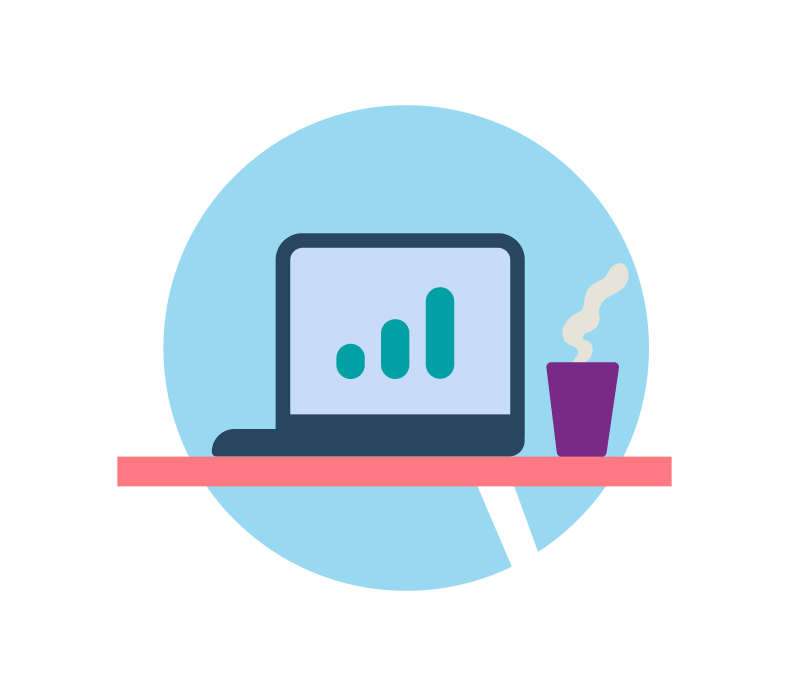- Member's menu
-
 Close
Close - Home
- About pensions

- Your Nest pension

- Investing your pension

- Retirement

- Support

- Member's menu
-
 Close
Close - Overview
- Take our three-step pension check
- What kind of retirement do you want?
- Calculate your retirement income
- How much should I save for my pension?
- How to grow your pension
- The advantage of saving early
- Why it's never too late to save
- How lifestyle changes affect your savings
- Member's menu
-
 Close
Close
- Support

- Help centre
- Contact us
Financial changes
Our incomes can go up and down and have an impact on our retirement savings. See what big financial changes, like buying a home or receiving an inheritance, might mean for your pension pot.
Managing mortgages
Buying a home
Purchasing a house is a large financial commitment and for many, it’s the biggest they’ll ever make. A mortgage doesn’t replace the need to save for your retirement though. While a property is a long-term purchase, in most cases it won’t substitute for a pension.
There are benefits to making regular contributions to your pension pot as early as possible. You’ll give yourself added security in later life and boost any returns that come from your property.
Paying off a mortgage
Some people put paying off their mortgage ahead of making savings for retirement when they plan for the future. Mortgages and pensions don’t need to be at odds with each other though, in fact it can be effective to balance the two at the same time.
Once your mortgage has been paid off it’s a good time to think about putting more money towards your retirement if you can.
Increased income
Getting a salary increase
If you get a salary increase at work, you might be unsure of what the finance change means for your pension situation and how you can increase your payments. Some employers don't increase contributions after a pay increase, so it's important to find out how your employer defines pensionable earnings.
You may want to consider making a lump sum payment into your pension so that you can have a stronger chance of a more comfortable retirement pot for yourself in later life. Read about what this means in terms of tax on our tax relief page. If you change jobs and your new employer happens to have Nest as their pension provider, you can combine the pot from your old job and your new job into one.
Receiving an inheritance or bonus
If you receive an inheritance or bonus, it’s a perfect opportunity to consider making a lump sum payment into your pension. Read about what this means in terms of tax on our tax relief page.
Reduced income/debt
Coping with redundancy
Redundancy can be an understandably stressful situation to deal with. Contributions will come to an automatic stop once you are no longer working for your employer.
However, when you’re working again and are auto-enrolled by a new employer, you’ll be able to return to paying into a workplace pension and getting the benefits of employer contributions and tax relief. Read how you can transfer pension pots here.
Coping with debt
If you have gone into debt and are worried about what that means for your retirement prospects, see our page on balancing pensions and debt to learn more.

Log in to your online account
Check the balance of your pot, make extra contributions and change how your money’s invested by logging in to your online account.







